We may earn revenue from the products available on this page and participate in affiliate programs. Learn More ›
Neglecting the Birdbath
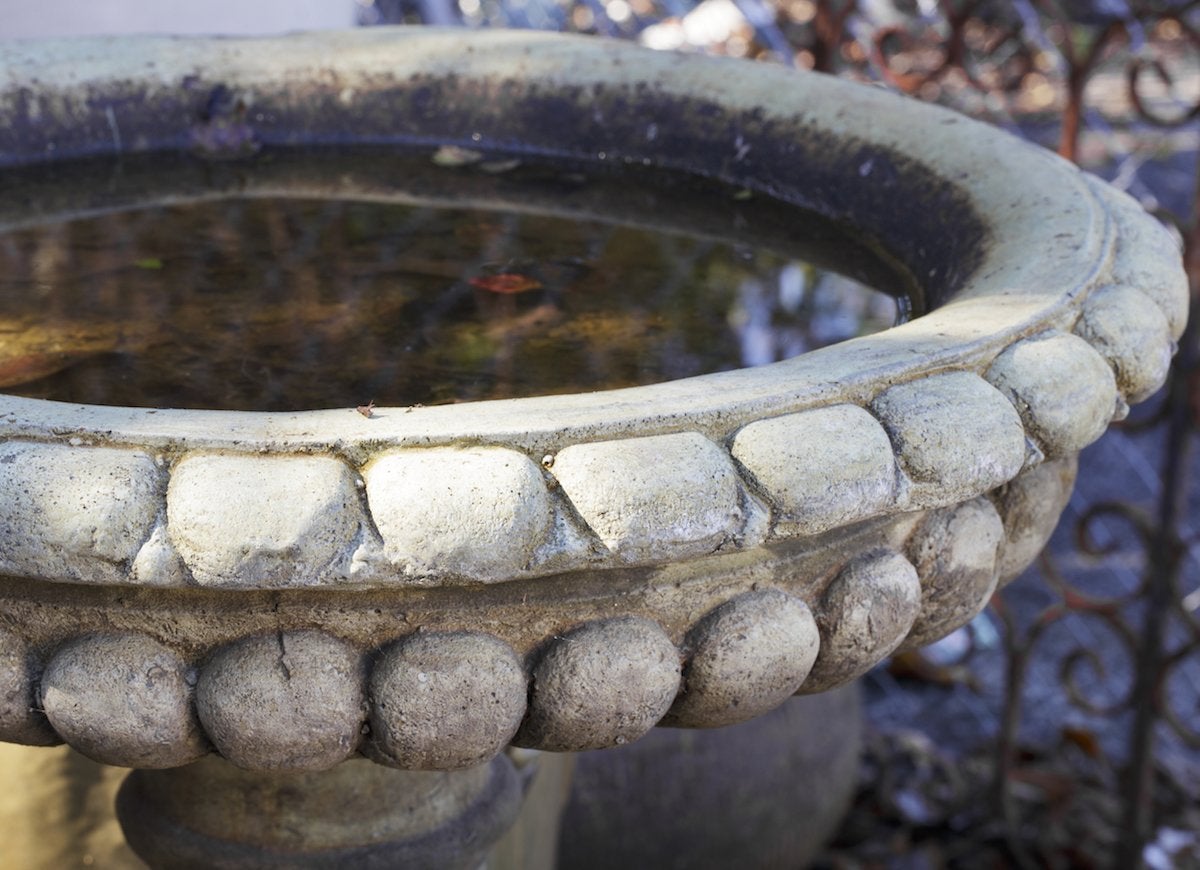
Birdbaths bring a lot of enjoyment to our feathered visitors and to all of us humans who watch them. But a birdbath can end up being little more than a pretty, stagnant pool that invites more mosquitoes than birds. Prevent your birdbath from turning into a mosquito nursery by emptying and refilling it every day.
Tolerating Clogged Gutters
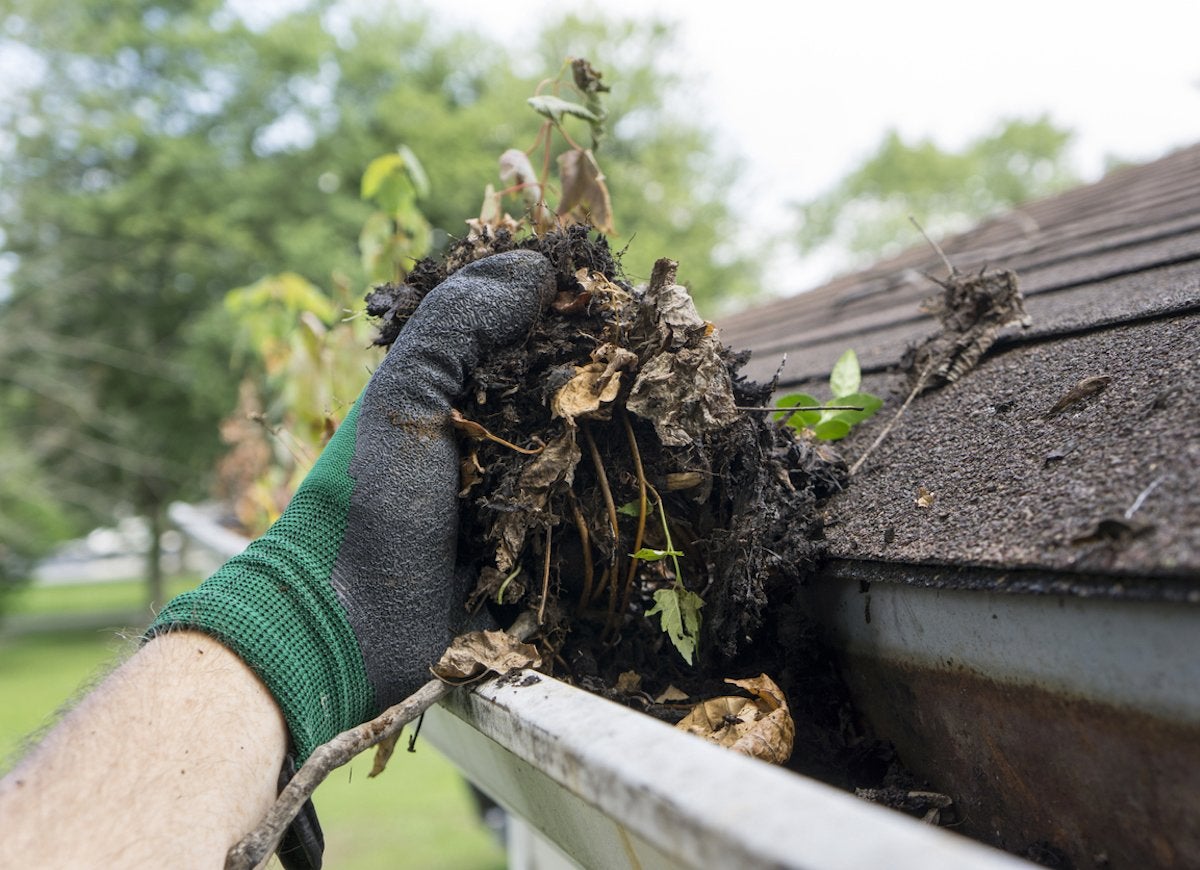
In a classic example of “out of sight, out of mind,” clogged gutters—notorious mosquito breeding sites—can be easy to miss. Clear downspouts and gutters of leaves and twigs each spring to keep rainwater flowing freely instead of pooling in the debris. If your mosquito problem worsens in late summer, take a look at the gutters to make sure they’re clear and dry.
Related: Solved! How Often Should I Really Clean My Gutters?
Keeping the Kiddie Pool Out
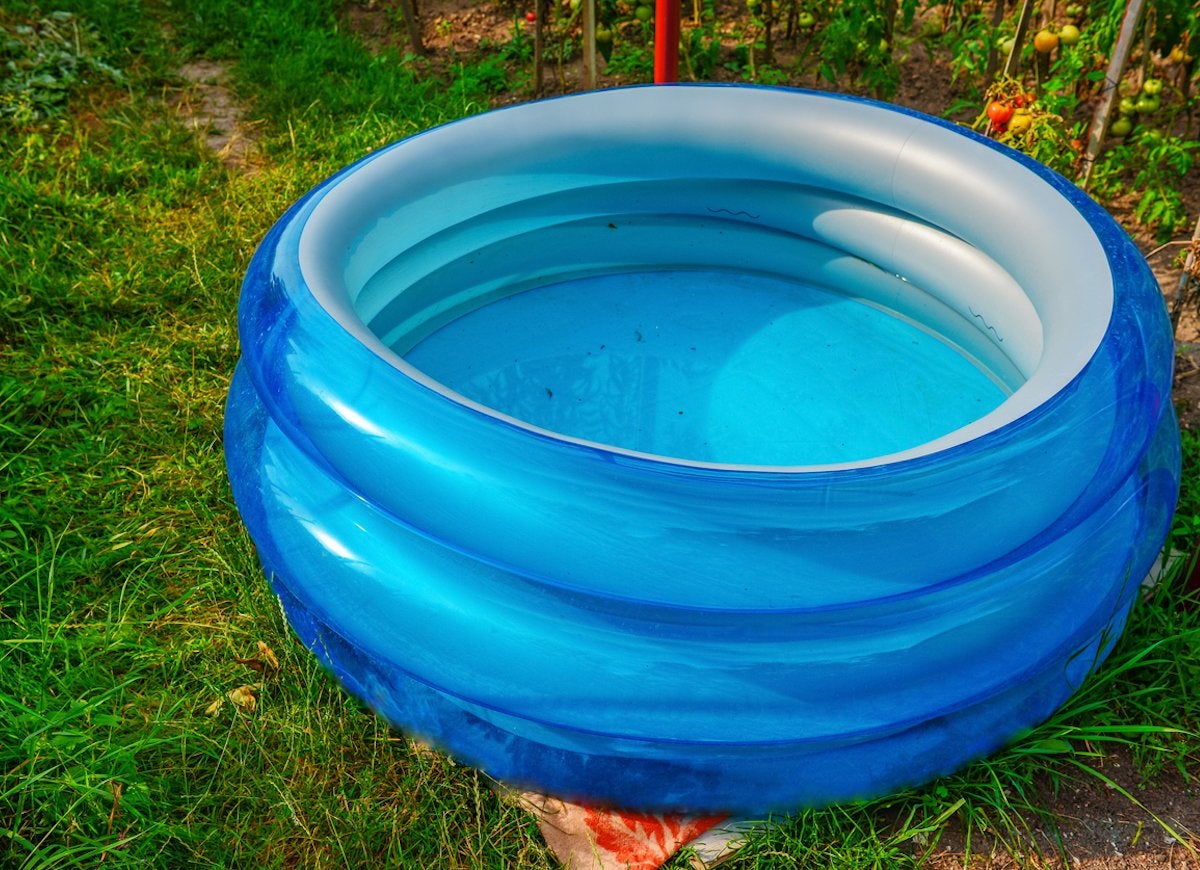
A tot-size pool supplies big fun for little ones, but this aquatic playground
is also a magnet for mosquitoes. When everyone is finished splashing in the kiddie pool, empty it of water and turn it over so rainwater—and mosquito larvae—stay out.
Ignoring the Tire Swing
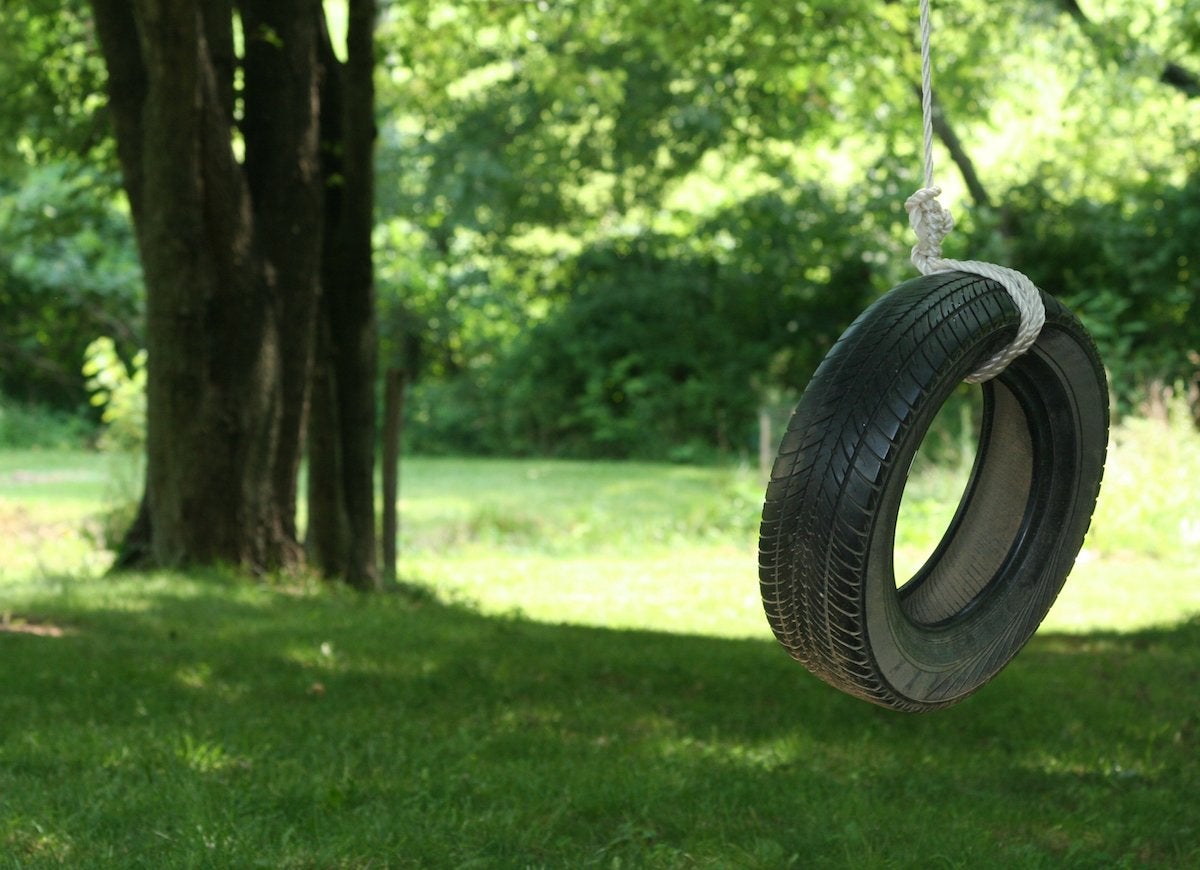
Most of us know better than to keep a pile of spare tires in the yard where they can collect rainwater, pests, and rot. But when it comes to rooting out mosquito hot spots, don’t forget to check the tire swing! Empty it out on a regular basis or, even better, drill holes in the bottom of the tire to allow water to drain instantly.
Related: How to Get Rid of Mosquitoes Naturally: Our 15 Best Tips
Leaving Trash Cans Open

More than a courtesy to sanitation workers, covering your trash can also prevents rodents and bugs from hanging around. When the lid is securely fastened (you’ll typically feel or hear a click), it should stay firmly in place during a rainstorm, leaving the inside dry and mosquito-free.
Related: 30 Things in Your House That Are Attracting Bugs and Rodents
Overlooking Wheel Ruts

Mosquito larvae can thrive in any shallow body of stagnant water—and that includes ruts gouged into the grass by a lawn mower or tracks dug into a gravel driveway by a car. If you find any such indentations in your yard, fill them in with soil or sod. Not only will you improve the look of your yard, but you’ll also keep water from pooling where it doesn’t belong.
Leaving Water Bowls Out
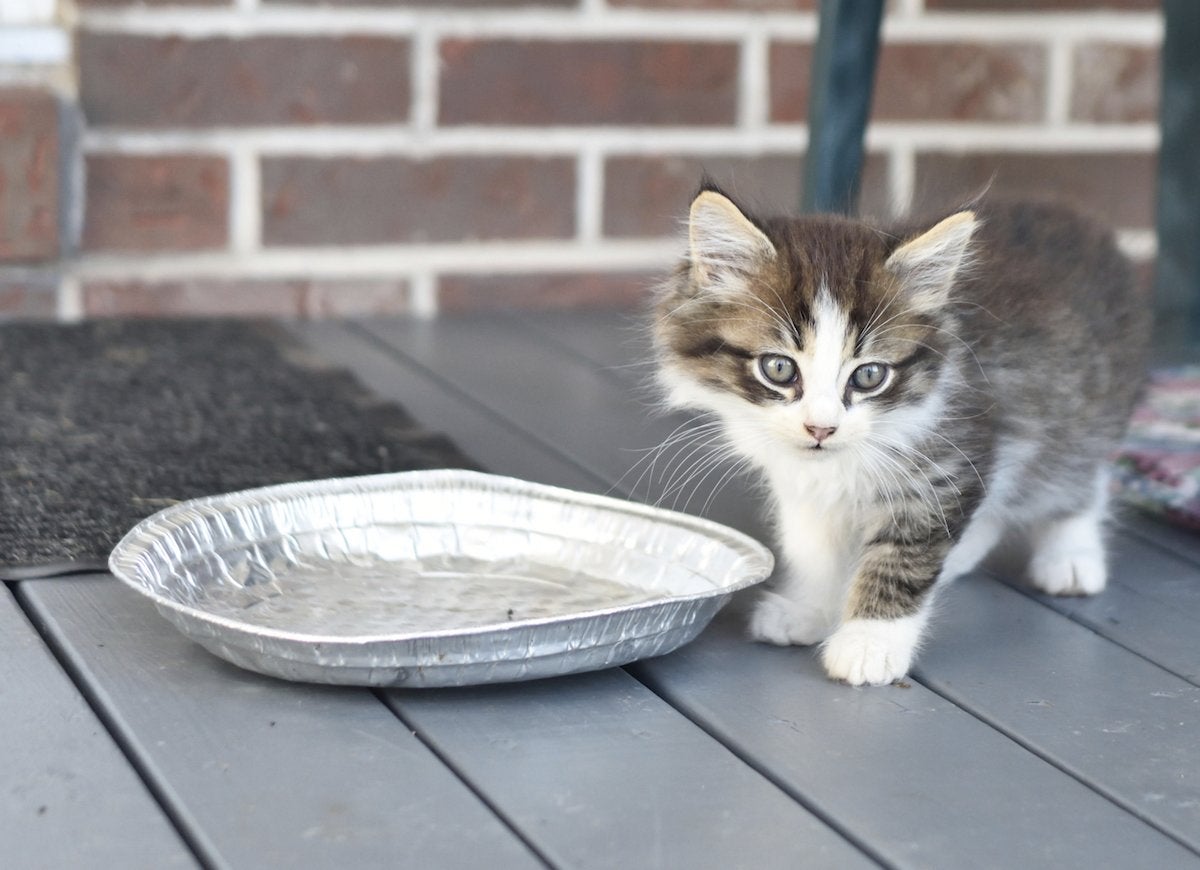
A mosquito breeding ground can sit right under your nose—or your pet’s. Though small, pet bowls provide more than enough water to get mosquitoes hatching. Make sure to empty outdoor water dishes every day to keep them fresh for pets and free of mosquitoes.
Not Emptying Plant Saucers
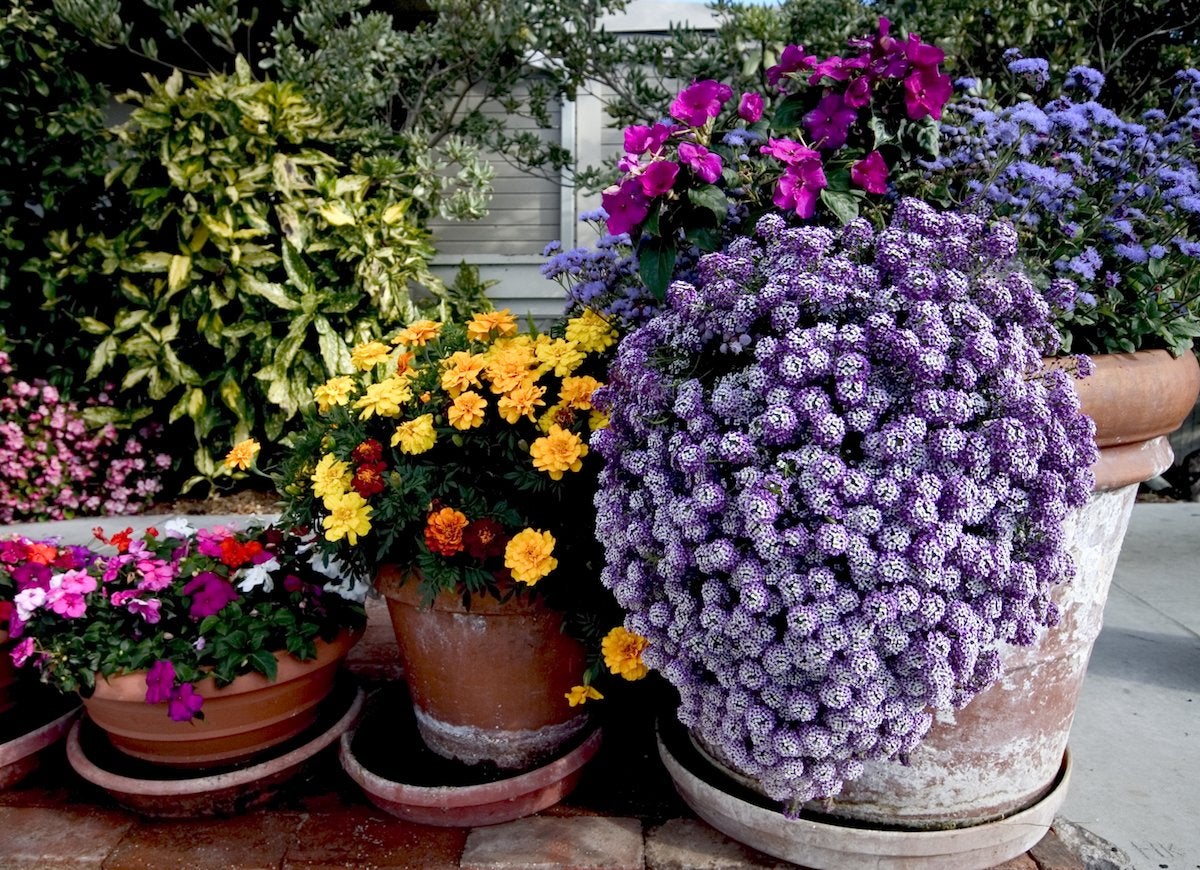
Container gardens can dress up a porch or bring life to a deck, but beware—they might bring some life of the insect kind! Saucers, those little dishes that sit beneath pots to catch water that drains from the soil, are large enough to attract a few mosquitoes. Although it’s fine—and in some cases best—to let these drip trays sit after a heavy rain or watering session, you should empty them periodically. Bear in mind that eggs hatch in two to three days, and adults emerge within a week—so don’t let those saucers sit for long.

Our Best Advice for Beginner Gardeners
We’ll help you set up your first garden—whether that’s a few pots on your patio, a raised bed, or an in-ground plot out back—and select the right plants for your soil and region.
